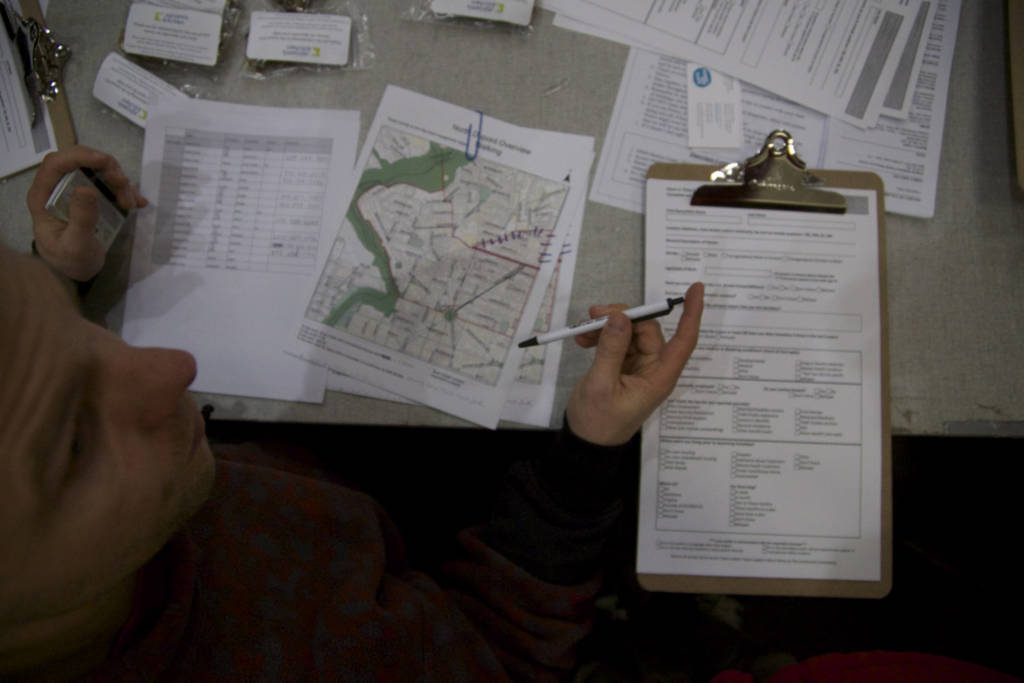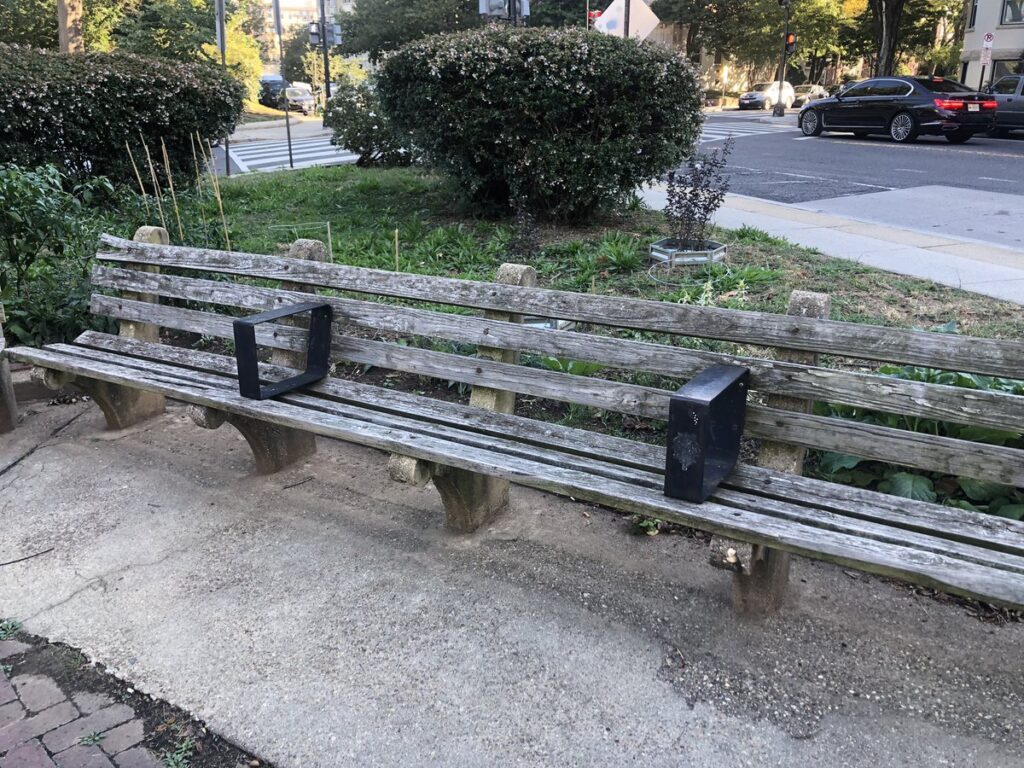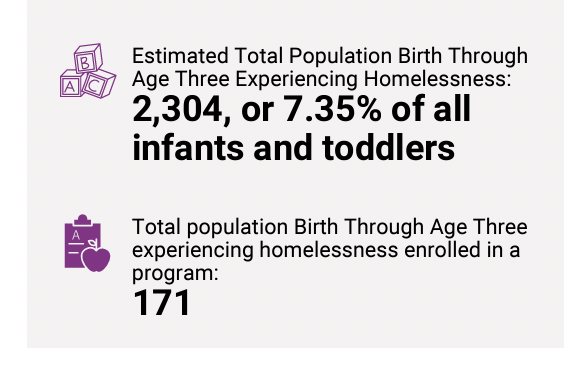Homelessness in D.C. spiked by 14.4 percent between 2015 and 2016 despite increased funding for affordable housing programs, according to a Nov. 21 HUD report. While homelessness went down 3 percent nationally, the report listed D.C. as tied with Idaho for the highest percentage increase in the country.
HUD estimated that homelessness went down 10.5 percent in Virginia and 8.4 percent in Maryland between 2015 and 2016. But some advocates are skeptical of these numbers. The Baltimore Sun published an op-ed by an area social worker noting that point-in-time estimates often severely understate actual rates of homelessness.
“We are concerned about the use of these numbers to talk about homelessness,” Megan Hustings, director of the National Coalition for the Homeless, told The Hill. “It doesn’t give an accurate picture of homelessness. What it gives is an accurate picture of the services provided through HUD.”
When the 2016 count was conducted nationally in January, 8,350 people in D.C. were experiencing homelessness. Of those, 3,683 were individuals and 4,667 were people in families with children.
The vast majority of homeless Washingtonians, 96.2 percent, were in emergency shelters or transitional housing, which makes D.C. one of only seven jurisdictions with less than 5 percent of people experiencing homelessness left unsheltered.
Roughly 1,500 individuals were reported as chronically homeless, which refers to people with physical or mental disabilities who have been homeless repeatedly or for more than a year continuously. In addition, HUD counted 350 homeless veterans and 211 unaccompanied homeless youth in the District. As noted by The Washington City Paper, veteran and chronic homelessness declined by 14.2 and 10.7 percent, respectively.
HUD releases a point-in-time estimate as part of the Annual Homeless Assessment Report (AHAR) to Congress. The count is a snapshot of the number and demographics of people experiencing homeless on one night in January. This data is collected by continuums of care— regional or local planning bodies responsible for coordinating homeless services.
This is the first year that estimate was broken down in a state-level index.








